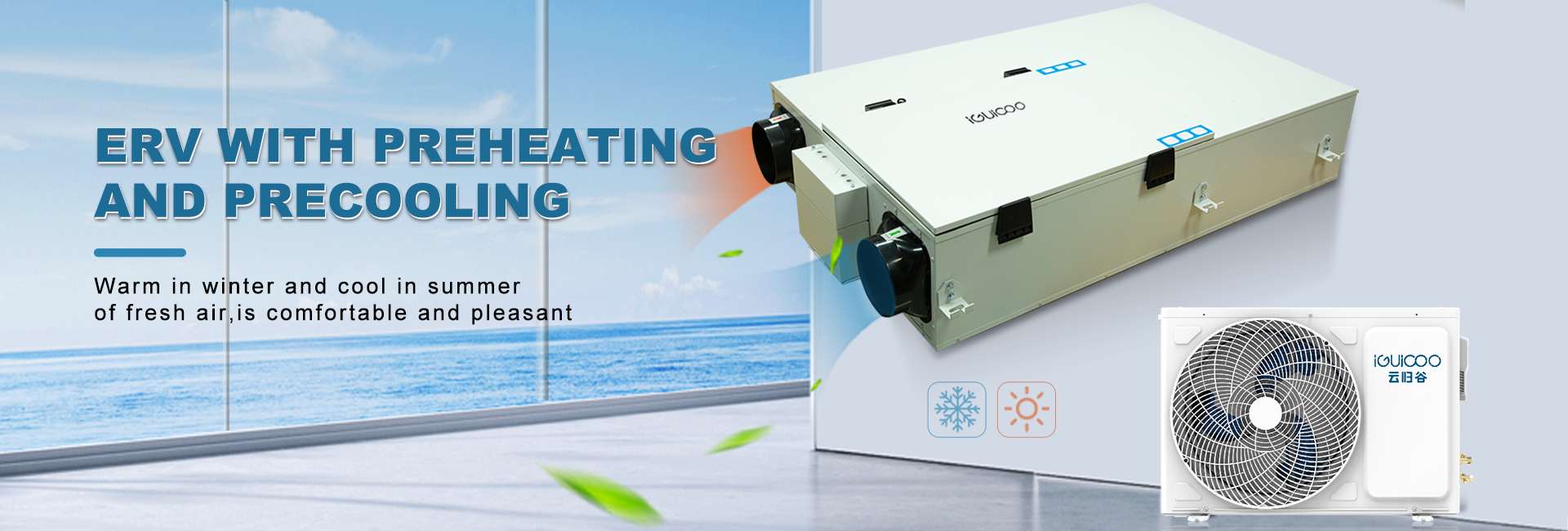Deciding when to install a heat recovery ventilator (HRV) hinges on understanding your home’s ventilation needs and climate challenges. These systems, powered by a recuperator—a core component that transfers heat between air streams—are designed to enhance energy efficiency while maintaining fresh indoor air. Here’s how to determine if an HRV, and its recuperator, is right for you.
1. During Cold Winters
In freezing climates, tightly sealed homes trap moisture and pollutants, leading to stale air and mold risks. An HRV solves this by exchanging stale indoor air with fresh outdoor air while recovering up to 90% of the heat via the recuperator. This process ensures warmth isn’t lost, reducing heating costs. For example, in regions with prolonged winters, an HRV with a high-efficiency recuperator maintains comfort without compromising air quality.
2. In Humid Summers
While HRVs are often associated with winter use, they’re equally valuable in humid areas. The recuperator helps balance moisture levels by expelling humid indoor air and bringing in drier outdoor air (when cooler at night). This prevents condensation and mold growth, making heat recovery ventilation a year-round solution. Homes in coastal or rainy regions benefit from this dual functionality.
3. During Renovations or New Builds
If you’re upgrading insulation or constructing an airtight home, integrating an HRV is critical. Modern heat recovery ventilation systems work seamlessly with energy-efficient designs, ensuring proper airflow without undermining thermal performance. The recuperator’s role here is vital—it maintains indoor temperatures while ventilating, avoiding the drafts common in older homes.
4. For Allergy or Asthma Sufferers
HRVs equipped with advanced filters and a reliable recuperator reduce allergens like pollen, dust, and pet dander by continuously cycling air. This is especially useful in urban areas with high pollution levels, where outdoor air quality directly impacts indoor health.
5. When Seeking Long-Term Savings
Though installation costs vary, an HRV’s recuperator cuts energy bills by minimizing heat loss. Over time, the savings on heating/cooling outweigh upfront expenses, making heat recovery ventilation a cost-effective investment for eco-conscious homeowners.
In conclusion, an HRV—and its recuperator—is ideal for cold climates, humid regions, airtight homes, health-sensitive occupants, or those prioritizing energy efficiency. By balancing fresh air and temperature control, heat recovery ventilation systems deliver year-round comfort. Assess your needs, and consider an HRV to breathe easier in any season.
Post time: Nov-21-2025








